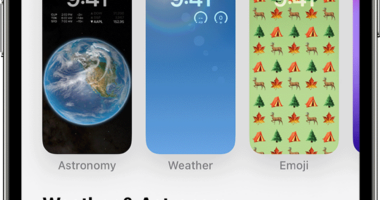A BRAIN-BOGGLING optical illusion twists the faces of celebrities to make them appear contorted and alien-like.
In a recent TikTok video, user @professoramx highlighted the trick, which requires you to stare at a cross placed between two faces.
That puts the A-listers – which include the likes of billionaire Elon Musk and Brit actor Daniel Kaluuya – in your peripheral vision.
The famous folk in view change every second or so, altering your perception of their features.
“This video will show you just how trippy your eyes can get,” the influencer said in the post uploaded Sunday.
“I want you to stare at the plus sign in the middle of the two faces. Just focus all of your attention there.


“As you let your eyes rest, the faces on the left and the right will start to deform into some trippy alien-looking figures.”
Professoramx, who has more than 100,000 followers on TikTok, posts videos about fun visual puzzles you can try.
Some of his videos have racked up millions of views.
According to the TikToker, the illusion is the result of what’s known as the “Flashed Face Distortion Effect”.
Most read in Tech
That’s a famous visual effect that occurs when faces are presented to someone at a rapid pace in their peripheral vision.
Researchers have repeatedly shown that doing so makes the people in view look increasingly grotesque.
“Our brain is compensating for the lack of visual information by filling in facial features,” professoramx said.
“It ends up making things look kinda crazy.”
Optical illusions are often just a bit of fun, but they also hold real value for scientists.
The brain puzzles help researchers shed light on the inner workings of the mind and how it reacts to its surroundings.
Back in 2017, scientists Kim Ransley and Alex O. Holcombe, of the University of Sydney, highlighted the importance of illusions to our understanding of the brain.
“Visual illusions show us that we do not have direct access to reality,” the pair wrote in The Conversation.
“They can also provide an inkling of the mental processing that delivers our experience of the viewable world.
“Indeed, it is the processing happening inside our brains that is the basis for many illusions.
“Rather than delivering information from our eyes in nearly raw form as a camera would, the brain tries to determine what is actually out there.


“When the information entering the eye is ambiguous, the brain must make educated guesses.”
It follows the release of a spooky illusion earlier this month that makes the viewer feel as though they are tumbling into a black hole.
We pay for your stories! Do you have a story for The Sun Online Tech & Science team? Email us at [email protected]
This post first appeared on Thesun.co.uk








